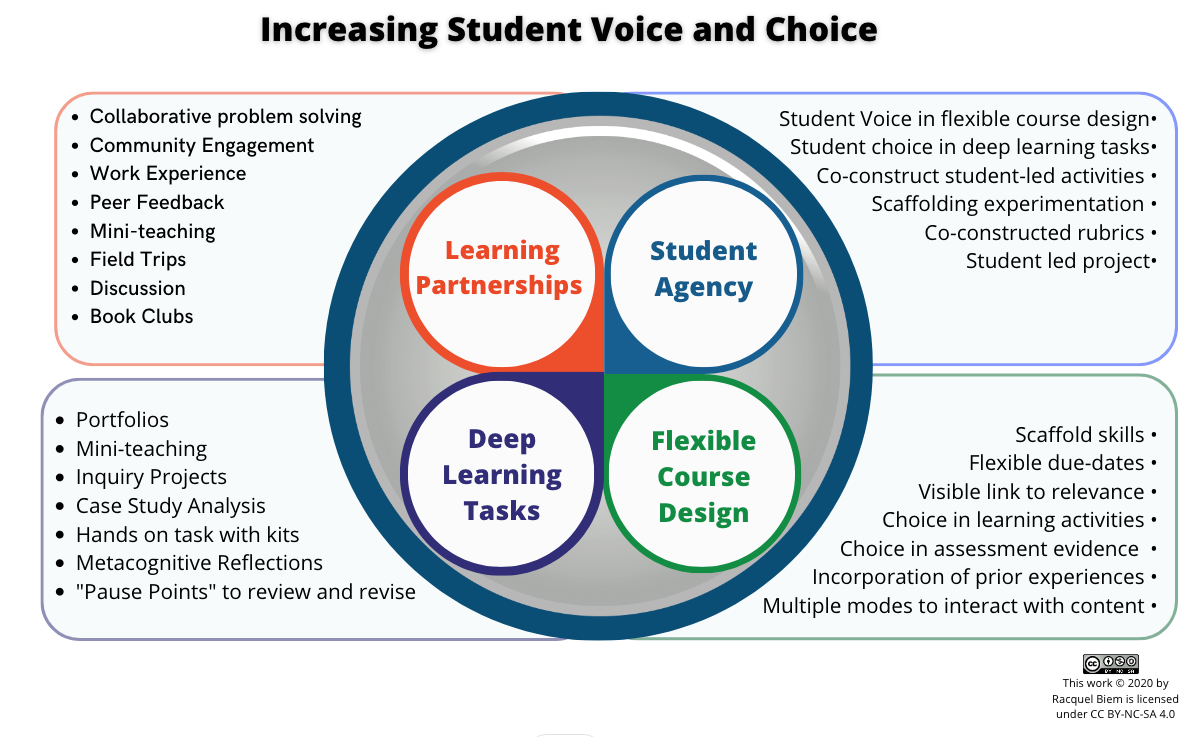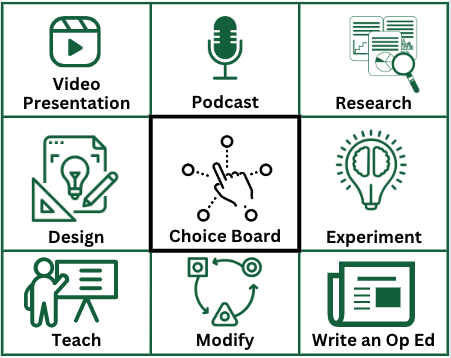SDG 11 Sustainable Cities and Communities – Embedding the Sustainable Development Goals in Learning
This blog post is part of a series around the 17 Sustainable Development Goals (SDGs). Each post will dive into one of the goals and how we as educators can strive to embed these into our own courses. It is in the author’s opinion that any course or class can connect with one of the 17 goals or 169 sub-targets. By providing this blog post series, we hope to elicit some ideas of how you might also integrate a global goal into your teaching. Please refer to the USask SDG Teaching & Learning Workbook, review the USask Sustainability in the Curricula website, or scroll down for more information about the SDGs.
![]() SDG 11 aims to promote inclusive, safe, resilient, and sustainable cities and human settlements. This goal is all about managing urban development. Well-managed cities can be hubs of innovation and prosperity. Their management is a big cornerstone in sustainable development. As more people migrate to cities in search of better opportunities, access to affordable, safe and sustainable housing becomes a priority. Managing urban sprawl, waste management, and air pollution are essential to ensuring the well-being, health and prosperity of our population and our environment. The impact of poorly planned urbanization can be seen in the growing reality of tangled traffic, growing greenhouse gas emissions and sprawling suburbs all over the world. Ineffective cities are a burden on taxpayers, and can even lower life expectancy. Proper planning and governance can help reduce these detrimental effects. If we don’t choose to act sustainably, we miss the opportunity to build cities where all citizens live a decent quality of life, creating shared prosperity and social stability without harming the environment.
SDG 11 aims to promote inclusive, safe, resilient, and sustainable cities and human settlements. This goal is all about managing urban development. Well-managed cities can be hubs of innovation and prosperity. Their management is a big cornerstone in sustainable development. As more people migrate to cities in search of better opportunities, access to affordable, safe and sustainable housing becomes a priority. Managing urban sprawl, waste management, and air pollution are essential to ensuring the well-being, health and prosperity of our population and our environment. The impact of poorly planned urbanization can be seen in the growing reality of tangled traffic, growing greenhouse gas emissions and sprawling suburbs all over the world. Ineffective cities are a burden on taxpayers, and can even lower life expectancy. Proper planning and governance can help reduce these detrimental effects. If we don’t choose to act sustainably, we miss the opportunity to build cities where all citizens live a decent quality of life, creating shared prosperity and social stability without harming the environment.
You might also be able to align your teaching to this SDG if you want your students to be able to:
- Identify and address basic physical, social and psychological human needs in relation to human settlements such as cities and towns.
- Apply basic principles of sustainable planning and building, and identify opportunities to make their community more sustainable and inclusive.
- Reflect on the role of local decision-makers and participatory governance and how to represent a sustainable voice in planning and policy for their community.
- Engage with community groups and local planning systems for sustainable future visions for their community.
- Plan, implement, and evaluate inclusive community-based sustainable projects.
You might consider having your students reflect, share, act in some of these ways:
- Community-based learning: According to the Centre for Teaching Excellence at the University of Waterloo, “Community-based learning is a high impact practice which can improve student retention and engagement, and help students better absorb, retain, and transfer knowledge.” Engage with appropriate partners and plan an activity which allows students to grow outside the classroom.
- Community-engaged learning (CEL): According to the University of Victoria, CEL can be embedded in curricular, extra-curricular, and co-curricular experiences. Activities such as volunteering can help students “connect course content with real-world experiences; contribute to community; and build your understanding, your CV and your network.”
Some curricular connections and questions for students might be:
| Media
What are the different perspectives needed to understand urban issues in the media? |
Oppression and genocide
What are the impacts of oppression and segregation on urban development? |
| Environment
What are some steps to make urban development more sustainable? |
Gender politics
How does urbanization impact women uniquely? |
| Poverty, wealth and power
How does the poverty cycle differ between rural and urban areas? |
Social justice and human rights
How can we strengthen our social support for the vulnerable? |
| Indigenous Peoples
How are Indigenous communities impacted by urban settlement? |
Health and biotechnology
What are the health issues caused by urban expansion? |
| Peace and conflict
How can urban participation and inclusion promote peace? |
WHAT ARE THE SUSTAINABLE DEVELOPMENT GOALS?
The 17 Sustainable Development Goals — also known as the SDGs or the Global Goals —came into effect on January 1, 2016 following an historic United Nations Summit in September 2015. 193 governments from around the world agreed to implement the Goals within their own countries in order to achieve the 2030 Agenda for Sustainable Development. Over the next fifteen years, with these new Goals that universally apply to all, countries will mobilize efforts to end all forms of poverty, fight inequalities and tackle climate change, while ensuring that no one is left behind.
These new, interconnected goals build on the successes of the Millennium Development Goals, or MDGs, while also identifying new priority areas such as climate change, economic inequality, innovation, sustainable consumption, peace and justice, among others.
Although each country faces specific challenges in pursuit of sustainable development, special attention is given to the most vulnerable countries, in particular, African countries, less developed countries, landlocked countries and small island developing states. There are also serious challenges within many middle-income countries.
For each of the 17 goals, there is a list of specific targets we aim to reach. The targets discussed in this guide have been summarized for ease of reading. For a more detailed list of all the 169 targets, visit GlobalGoals.org.
This content has been adapted from the original by the Gwenna Moss Centre for Teaching and Learning and the University of Saskatchewan from the Manitoba Council for International Cooperation. Users are free to download, copy, print and share this resource as needed, and adapt for their classroom or non-commercial use.
If you adapt or build on this work, please let MCIC or USask know! gmctl@usask.ca
Sustainable Foundations: A Guide for Teaching the Sustainable Development Goals by the Manitoba Council for International Cooperation is licensed under CC BY-NC-SA 4.0. To view a copy of this license, visit https://creativecommons.org/licenses/by-nc-sa/4.0
Original document http://mcic.ca/uploads/public/files-sf/SF-Full-FINAL-WEB-ISBN-2021-EN.pdf


